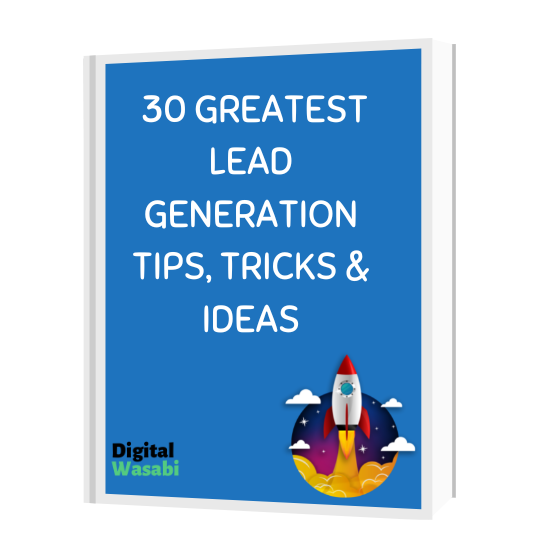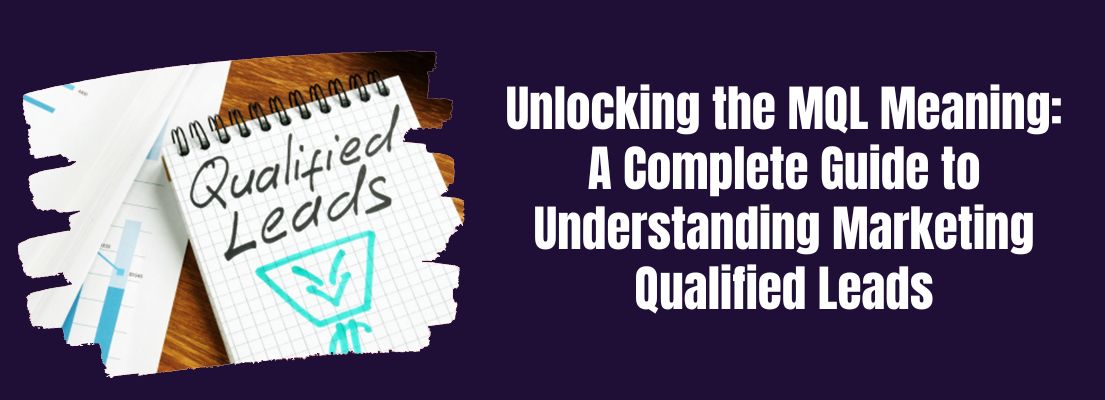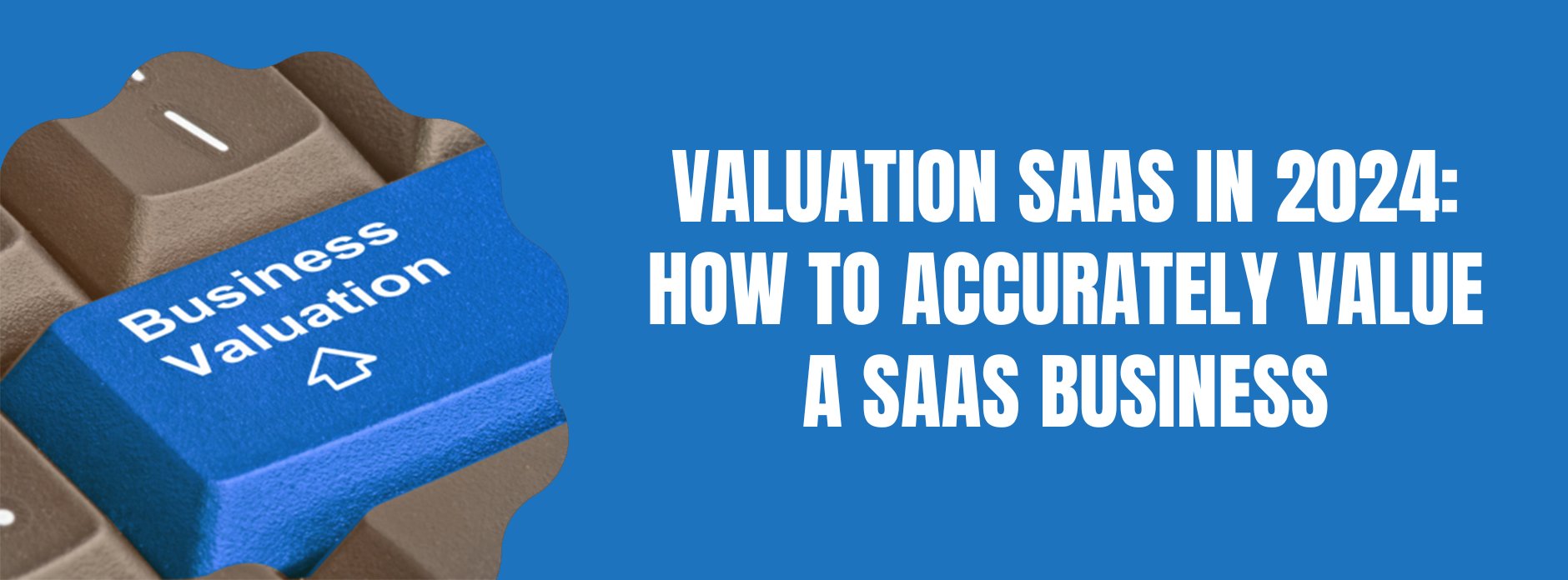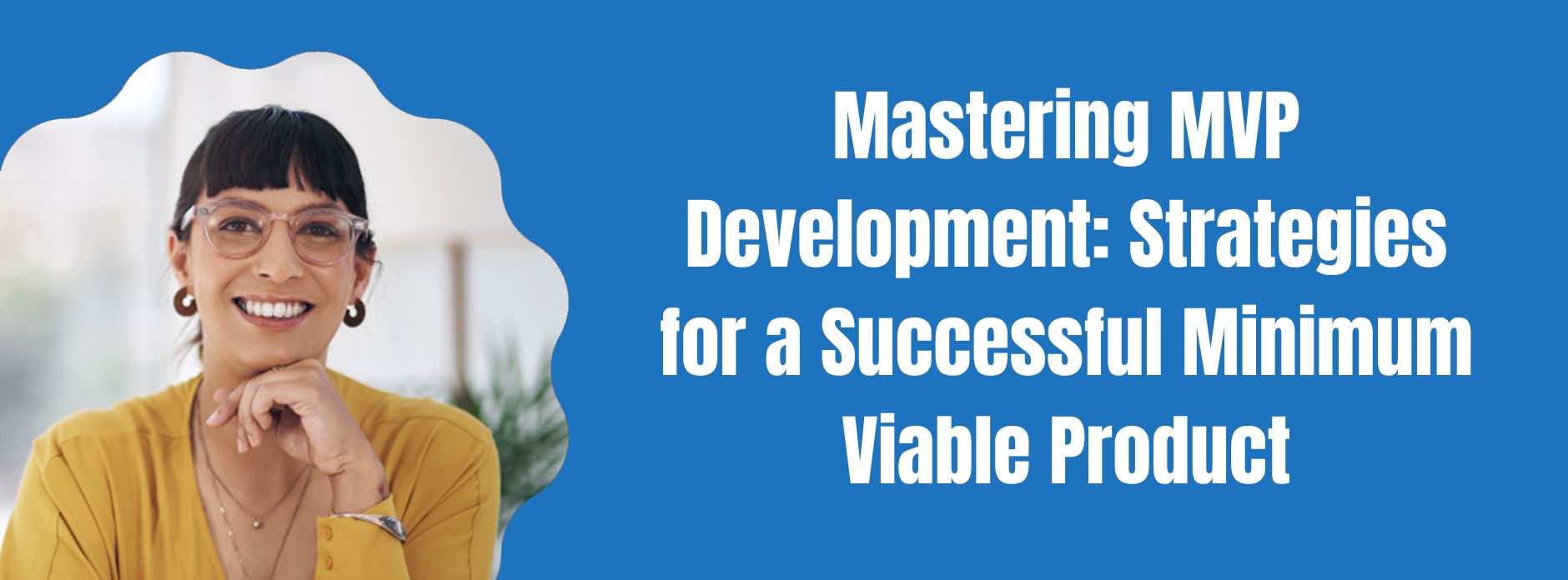Most digital marketing specialists working with lead generation know that the marketing funnel is a concept that bears many names – it’s been called everything from a wheel to a pyramid to a cycle. Plus, there’s also been a lot of debate about which function within a business owns it or should own it, whether that’s marketing, sales or both.
Whatever your SaaS or B2B set up, the funnel in a nutshell refers to the journey a prospect goes on together with your business from the moment they find out your name to the point they (hopefully!) become a paying customer. Yes, I’m talking about turning leads into customers, nurturing them, converting them – the bread and butter of our lead gen efforts.
Here are the five things that I have found are key to highlight when talking about the omnipresent SaaS B2B marketing funnel:
1) Not all funnels are created the same (Lead time)
This might seem like an obvious point to make, but I’ve often seen companies fall into the trap of not following the right formula when it comes to their marketing funnel for many different reasons. These include not taking enough time to consider the full customer journey, missing a step or two or simply lacking enough data and analysis.
What I mean when I say that not all funnels are created the same is that depending on your company’s particular product offering, pricing model and average lead time, the length of time each prospect may spend going down the funnel differs vastly and it’s worth mapping out whether you’ve got the right content tailored to each stage. The longer your lead time, the more nurturing and massaging you need to do in order to get the prospect over the finishing line.
2) Keep an eye on non-linear journeys and different decision-makers (Mapping)
Wouldn’t it be great if your prospects followed the journey you mapped out for them every single time? Although our lead gen dreams may be made of this, it’s very rare that the people considering your business’ services follow the same journey. Take the first step for example – finding out that your business exists in the first place. Did it happen through a Google ad they saw when they were searching for a general term? Did they happen upon you when they were reading a blog or a competitor’s review? Were they on their mobile phone, got interrupted and then looked you up later on their laptop?
And what about what they did next? Although there are many useful tools like Google Analytics for keeping an eye on this, they rarely offer the complete picture. What’s important in this case is having a detailed map of buying personas and other key stakeholder personas planned out and thinking about which pain points your business is addressing for each one. This is especially true when there are multiple decision-makers involved. It’s key to keep in mind that having ads, content and landing pages tailored to their needs will give them the push they need, as you’ll be demonstrating that you truly understand what they’re after.
3) You can flip the funnel (Loyalty)
The journey doesn’t stop when you turn the prospect into a customer, in fact it’s the opposite – you could say that it’s just began, as they’re a vital piece of the puzzle when it comes to your future lead gen efforts. When you flip the funnel and instead think of it as a pyramid after you’ve onboarded a client, what you end up with is a model for utilising this customer to their full potential.
It’s not only about making sure that they stay with you year after year (or purchase your service multiple times) through great customer experience and growing their loyalty, it’s also about turning them into a source of great referrals (for which, they of course get rewarded) and making them your brand’s advocates. Most customers love being asked and involved when they love using your service, so make sure that it’s not just your sales team that’s having meaningful conversations with them, but also your customer experience team, product team and marketing team too.
4) The reviews really count (Interest)
Especially in the SaaS world, where the customers’ requirements can be quite specific and they are wary of spending their budget on yet another service that may or may not be what it promises, the power of the online review holds strong sway. You may not have the budgets for high-level awareness campaigns or big PR stunts to get your name out there, but what you already do have are happy customers that are using and loving your service already, as we’ve established in point 3. Turn them into your brand’s ambassadors and make sure that their voice is heard on the right platforms like G2Crowd, GetApp, Capterra or whichever platform is relevant to your particular industry.
Don’t forget that there’s no such thing as a free lunch – give your existing customers an incentive to leave a good review, or at least a timely reminder in the form of a small discount or a gesture of appreciation. Great relationships, after all, are what this business is built on.
5) Don’t fall into the PR agency trap (Awareness)
When you’re considering the upper part of the funnel and are planning out your awareness stage efforts, hiring a PR agency that fits your startup/scaleup’s budget may seem like a great option. Costing anywhere between £5-10k on retainer per month, ‘free’ publicity sounds like a fair deal.
Let’s be brutally honest here for a second. Not all PR agencies were created equal and there is only a very select handful that can get you those highly coveted placements in top tier publications, rather than mentions in obscure blogs no one’s ever heard of. Those select few, however, tend to cost a lot more than what would be an acceptable CPA on other channels, leaving you with less for the lower parts of the funnel.
I’m not saying that in some very select cases, it may not be a worthwhile solution, but more often than not you need to be asking yourself whether it’s money well spent. My advice is – leave the PR agencies until later on and get some great in-house talent that can sort out your content and get it pushed onto the right platforms in front of the right audience.
FREE eBook: The 30 Greatest Lead Generation Tips, Tricks & Ideas
Claim your free eBook to start generating more leads for your business.





